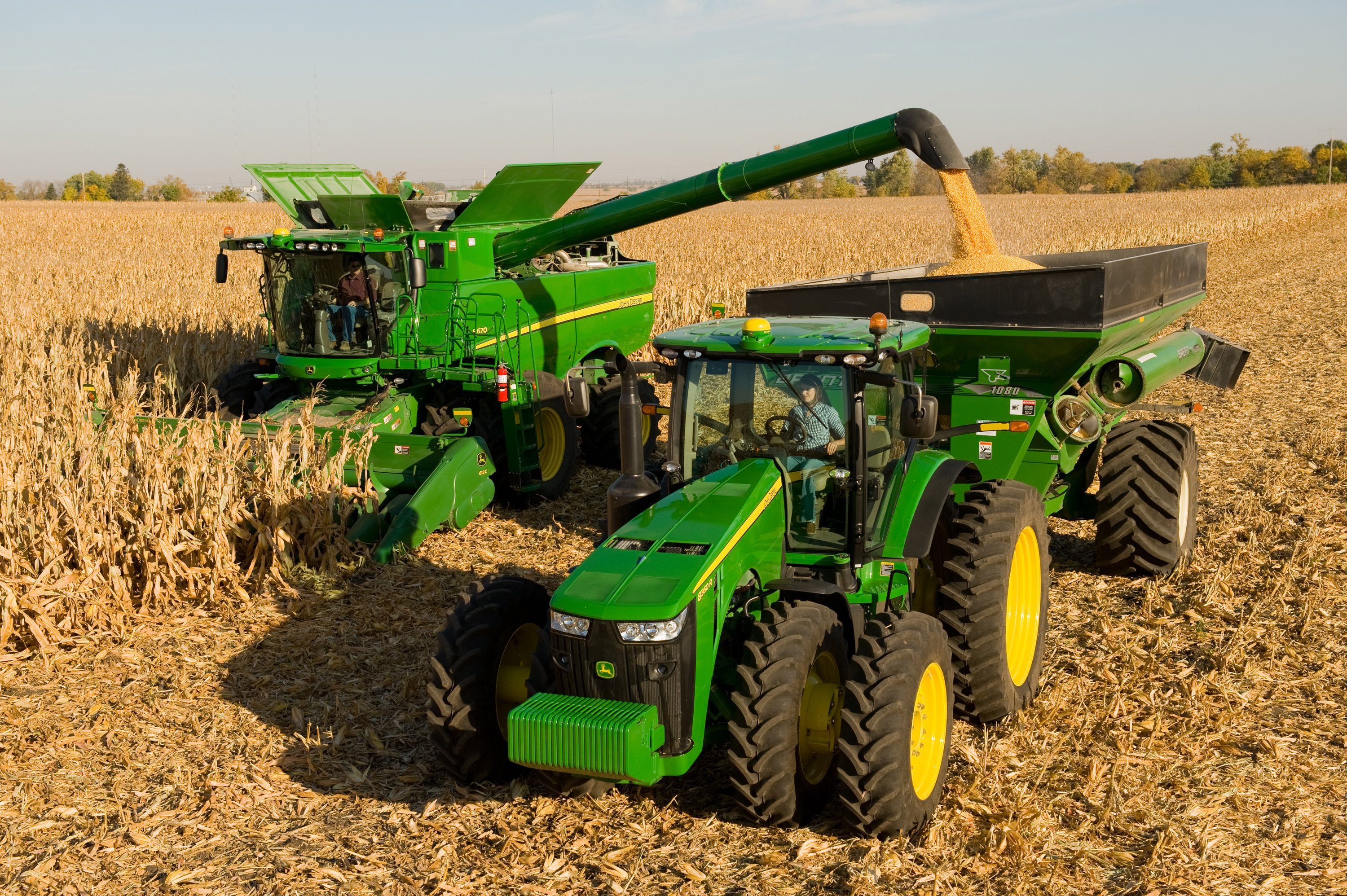Hot August weather outside and hot ag equipment sales inside! Not a single down category for either...
Farmer Sentiment Improves in August, BUT Inflationary Pressures Mount

Agricultural producers' sentiment improved slightly in August compared to July as the Purdue University Ag Economy Barometer rose four points to a reading of 138 vs.134 a month earlier. The modest rise in the barometer was primarily attributable to an improvement in the Index of Current Conditions, which climbed 9 points to 152 while the Index of Future Expectations rose just 2 points to 132.

Figure 1. Overall Farmer Sentiment
The improvement in the Current Condition Index was tied to producers' more positive view of their farms' financial situation. The Farm Financial Performance Index rose 11 points to 110, its highest reading since May, as farmers indicated they expect profitability this year to be better than a year earlier. Although corn and soybean prices have declined in recent weeks, they were still well above year-ago levels as were wheat prices.

Figure 2. Indices of Current Conditions and Future Expectations
Uncertainty about final yields for fall harvested crops continues. Yield prospects, however, did stabilize or improve for many producers in August as some precipitation fell in abnormally dry and drought-stricken areas. Livestock price strength also provided a boost to some farms' income prospects as fed cattle and slaughter hog prices continued to trade well above levels observed 12 months earlier.
The Farm Capital Investment Index improved modestly in August, rising to a reading of 53, up 3 points compared to July. The small improvement in the index could be traced to fewer producers in August saying they planned to reduce their farm construction activity compared to a year ago. At the same time, farmers said their machinery purchase plans were unchanged from those reported in July. Industry reports continue to suggest that supply chain challenges are frustrating farmers' machinery purchase plans.
Producers are becoming increasingly concerned about rising input costs. For the third month in a row, the barometer survey asked respondents for their expectations about farm input price changes in the upcoming 12 months. On the August survey, 39% of respondents said they expect input prices to rise by 8% or more, up from 30% who felt that way in both June and July, while one in five producers (21%) expect farm input price inflation to exceed 12%. Just 13% of producers surveyed said they expect input price pressure in the upcoming year to fall in a range of 0 to 2%, which would be similar to the rise in farm input prices over the last decade.
EDITOR’S TAKE:
Even more evidence that farmers are feeling pretty good about where they are in 2021 and beyond. Put all the pieces of the puzzle together and they are buoyed by yield prospects, solid commodity prices, amazing land values and the forecast of a huge improvement in net farm income. Yes, there are inflationary concerns, just like all Americans are facing these days. But despite rising costs, prospects for a solid financial picture are very positive at this juncture.
Now think about what you as a truck dealer are facing. Many Americans will likely pull back spending simply because they are tired of the escalating prices for new homes and autos. Unemployment and COVID benefits will likely run out and people will return to work. And, people have been on a post-COVID spending binge that will slow down at the very least or come to a halt as inflationary pressures continue. Then factor in that industry estimates suggest that auto/truck production may decrease from an estimated 17.1 million units to approximately 15.7 million units for the next year – that is still a huge number to sell. SO, who are your best customer prospects? May we suggest – FARMERS/RANCHERS! They are optimistic, have money, want to lower tax burdens and love new trucks! In addition, as this article points out, they are concerned about rising costs. You have the perfect answer with AgPack! Thousands in exclusive rebates and discounts on products and services they need or use on the farm. Think beyond the current situation!








